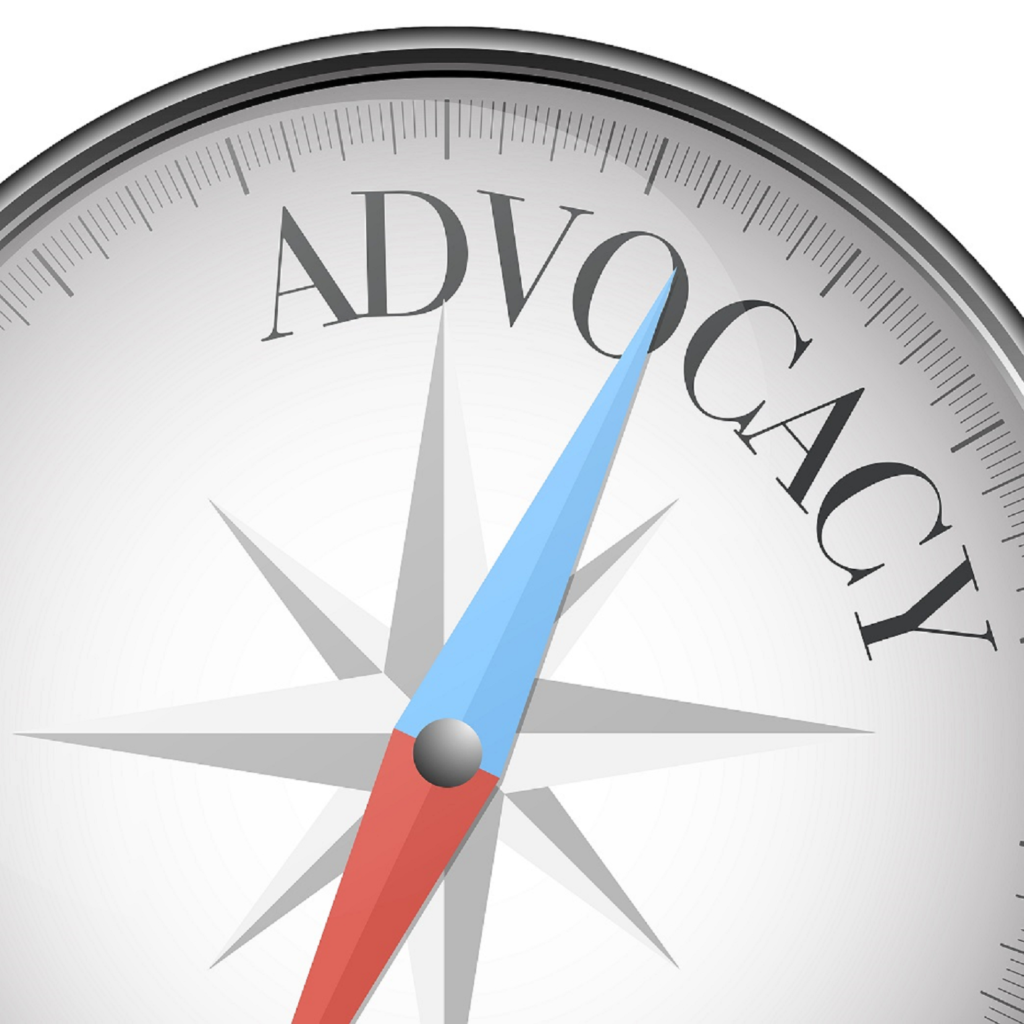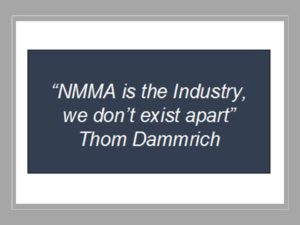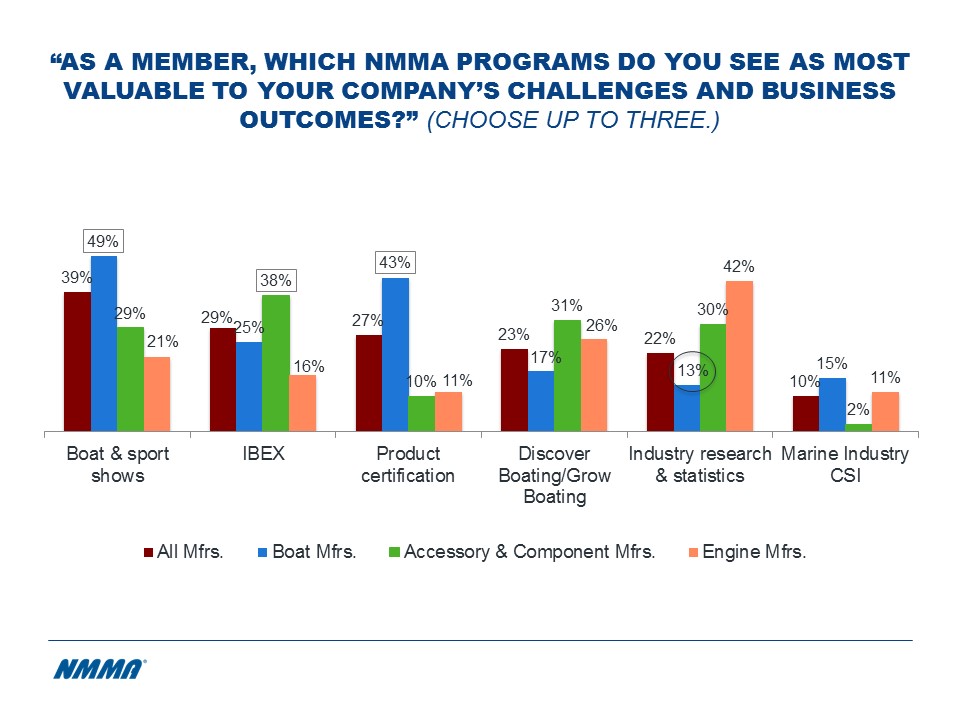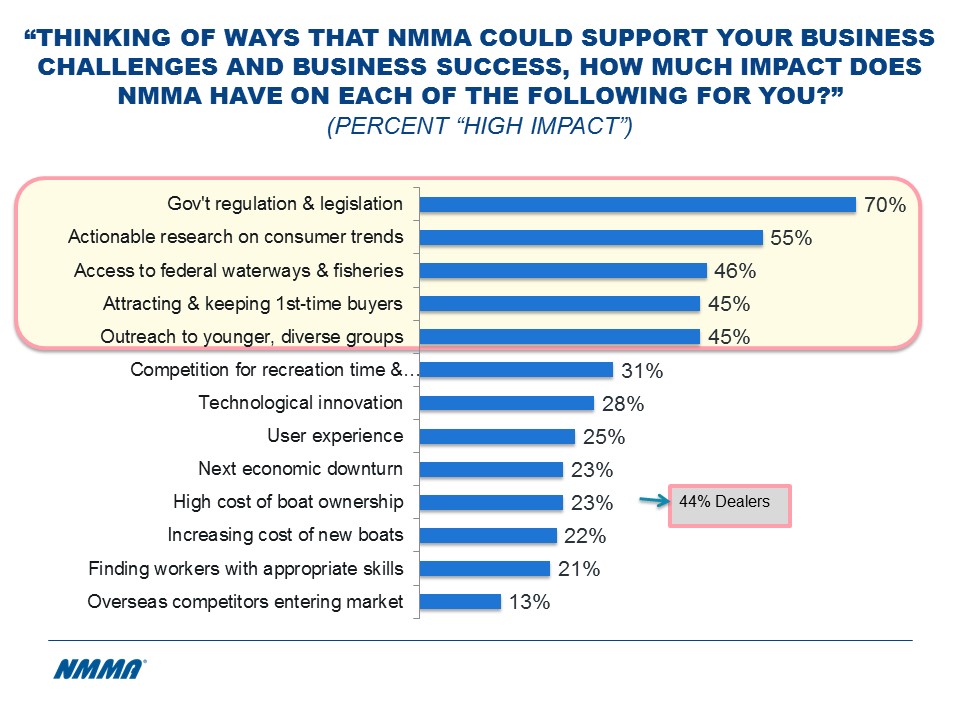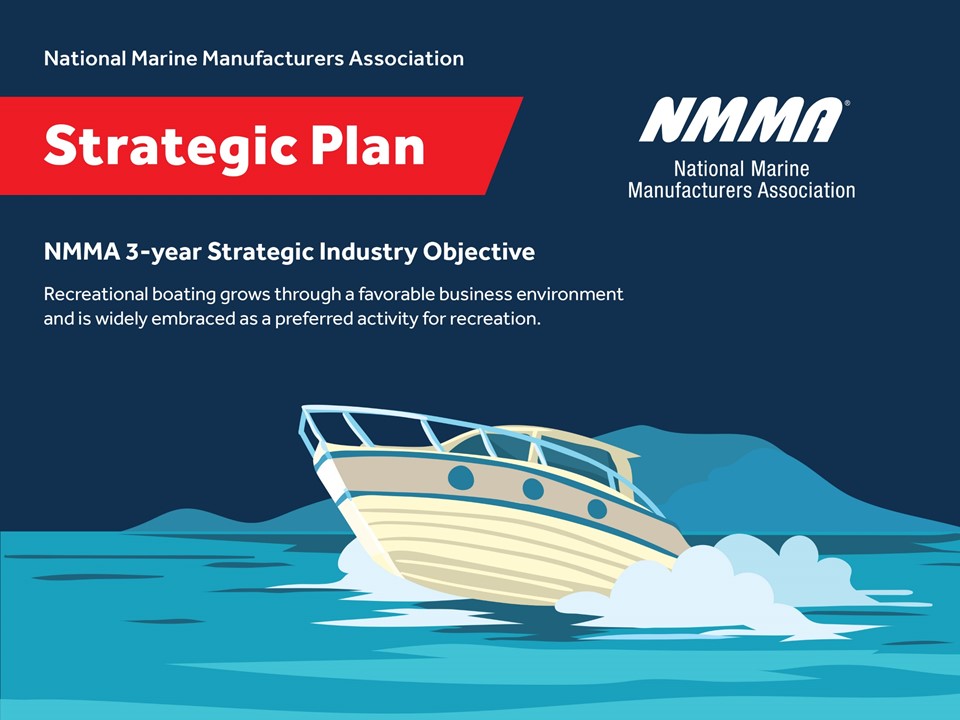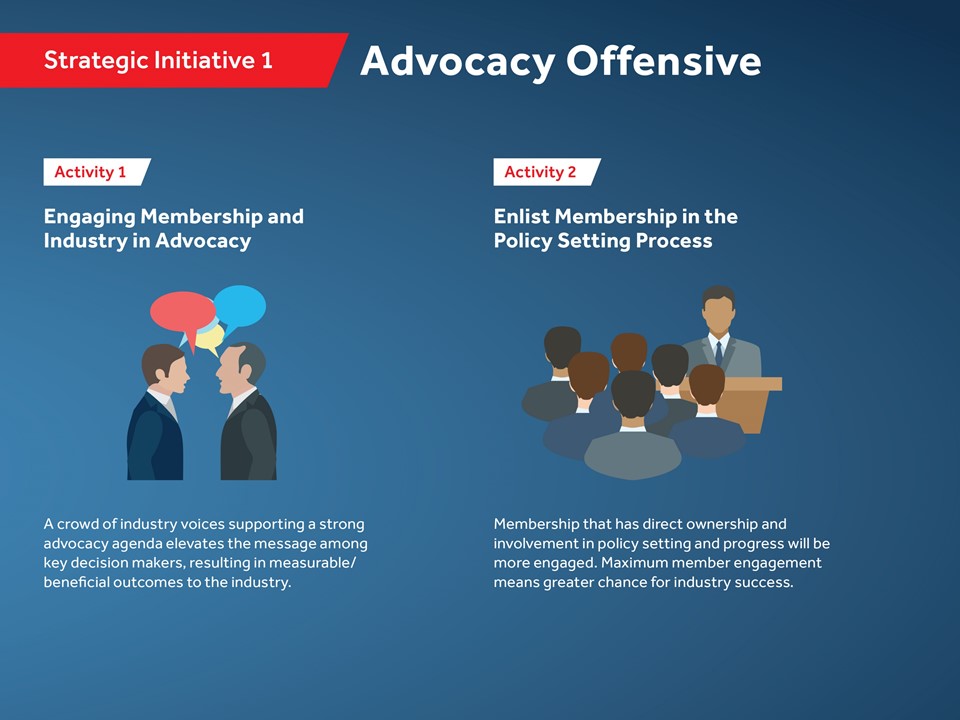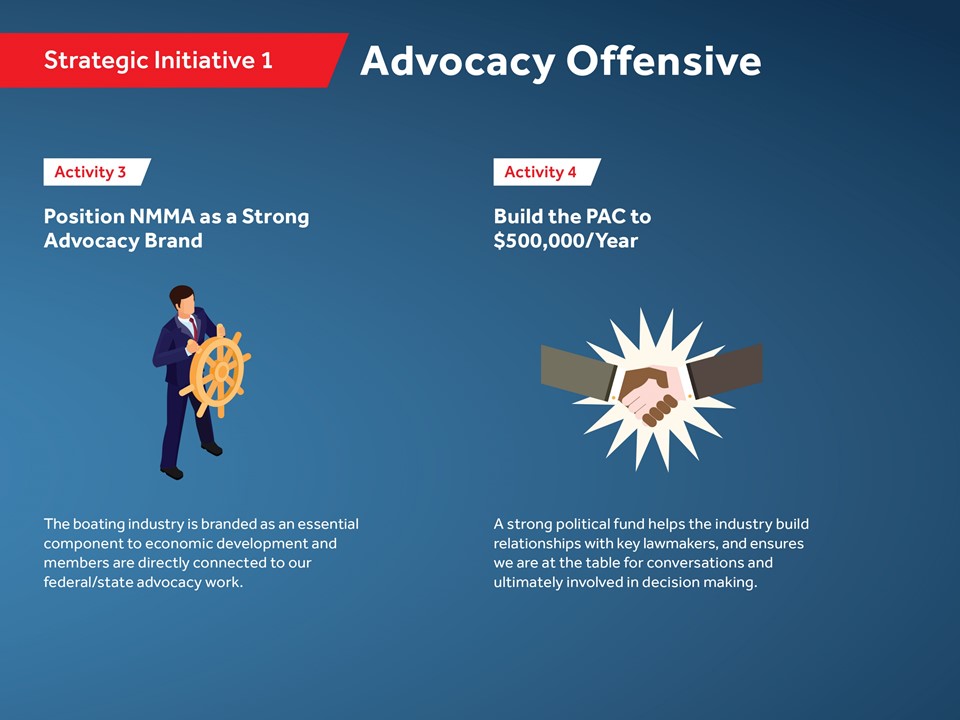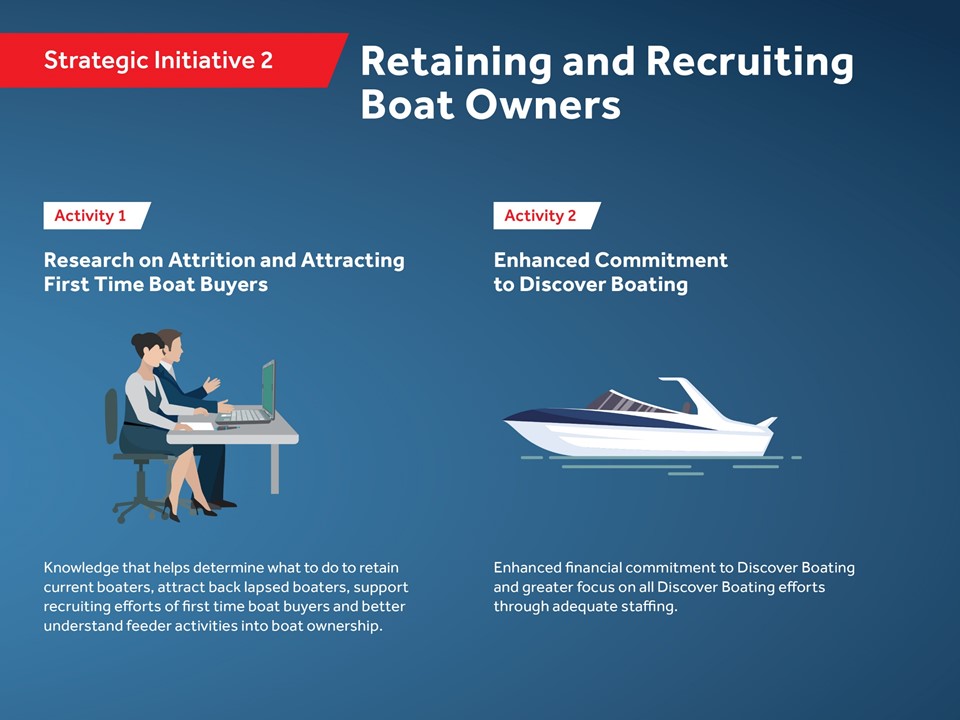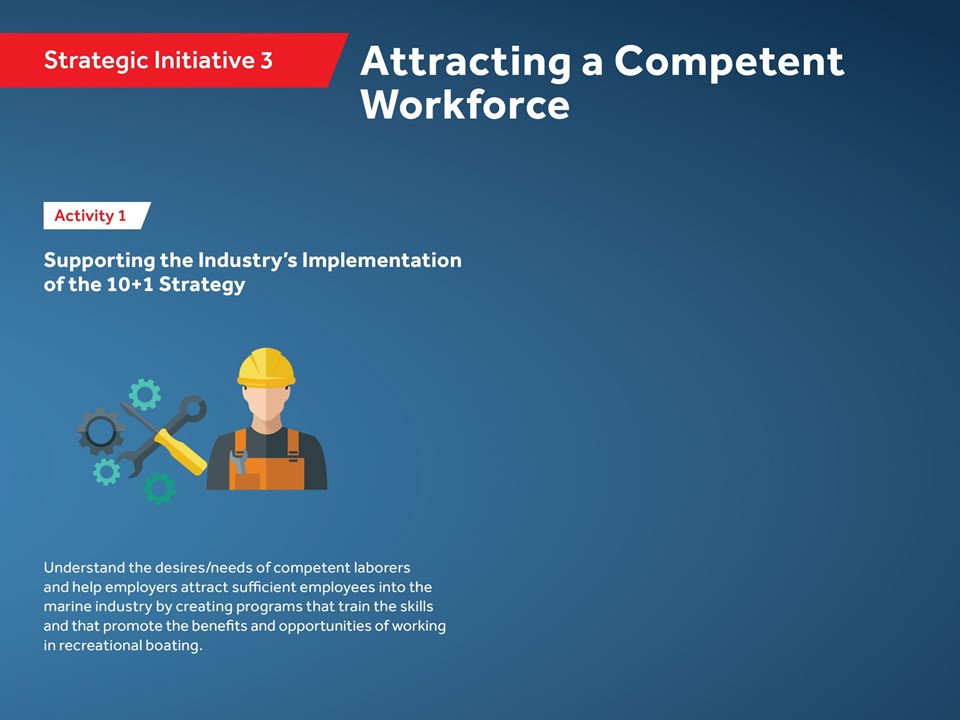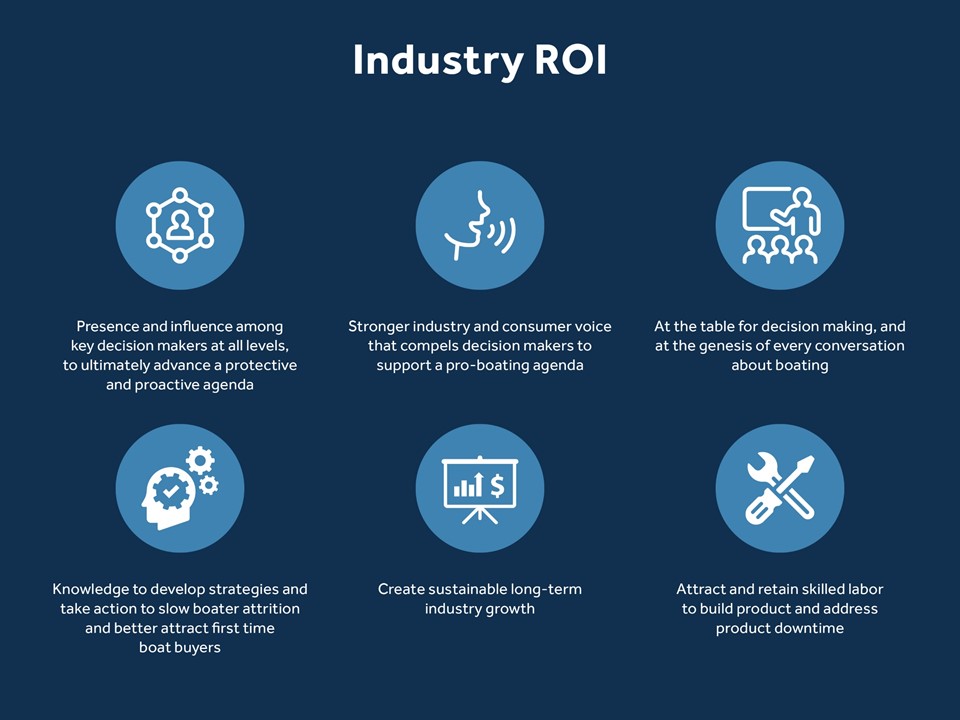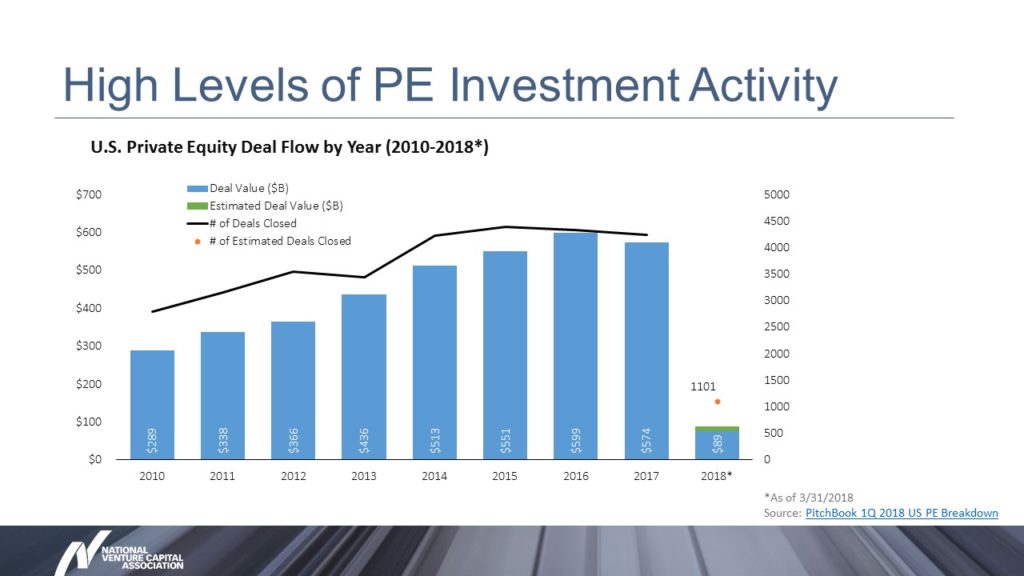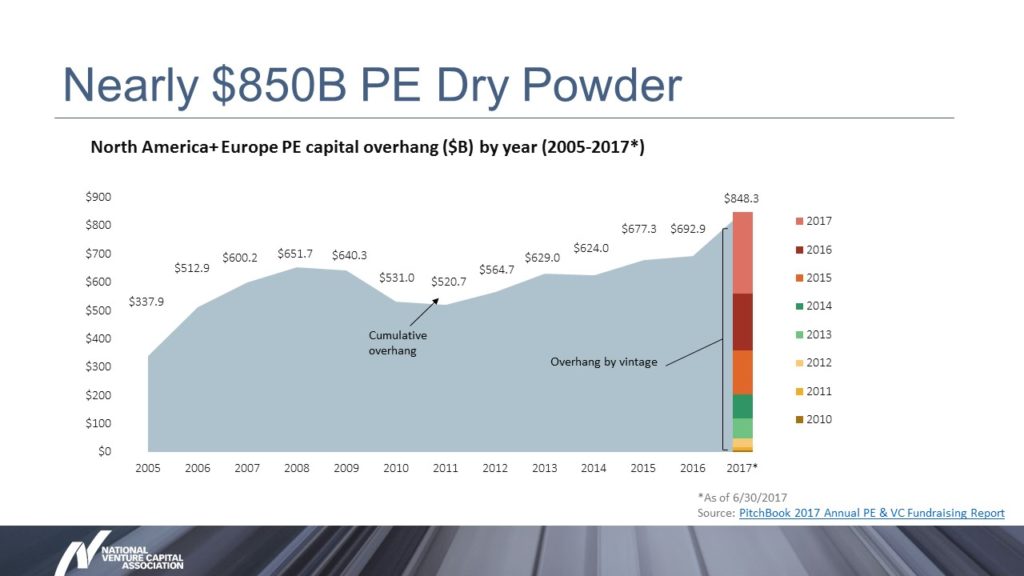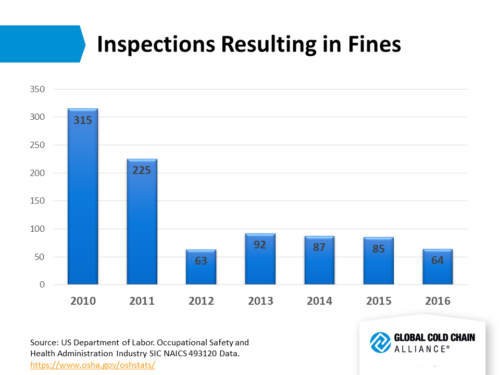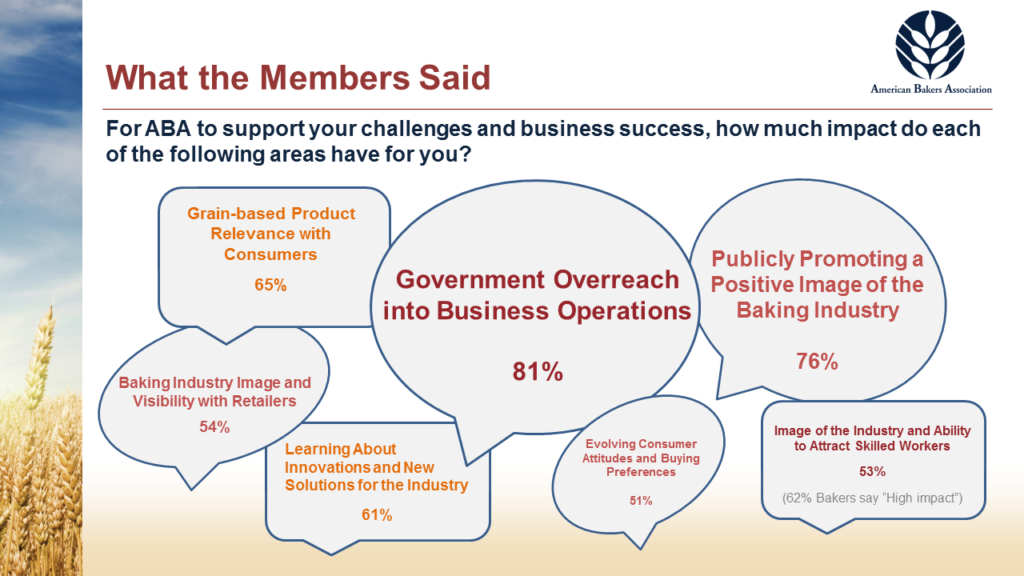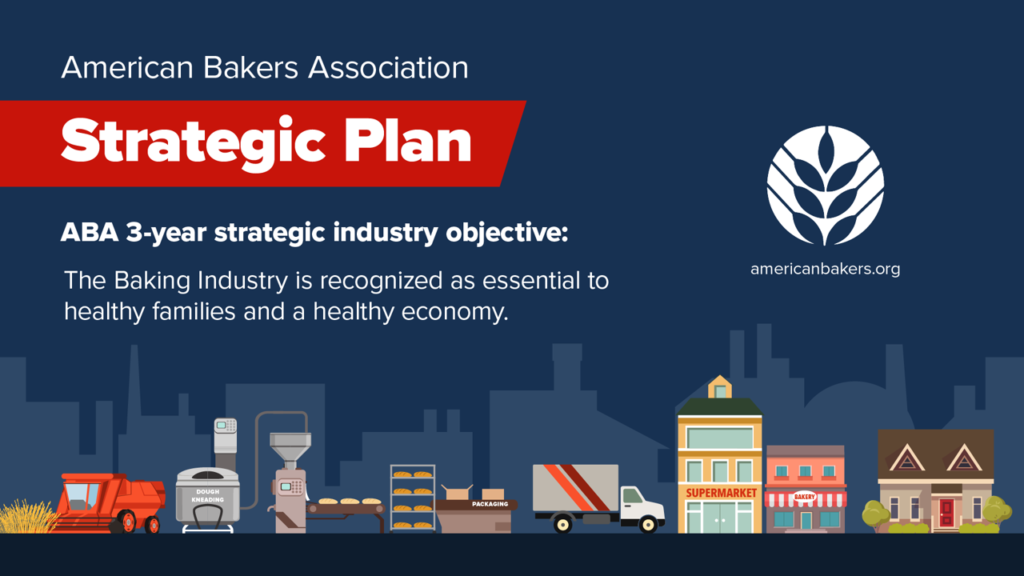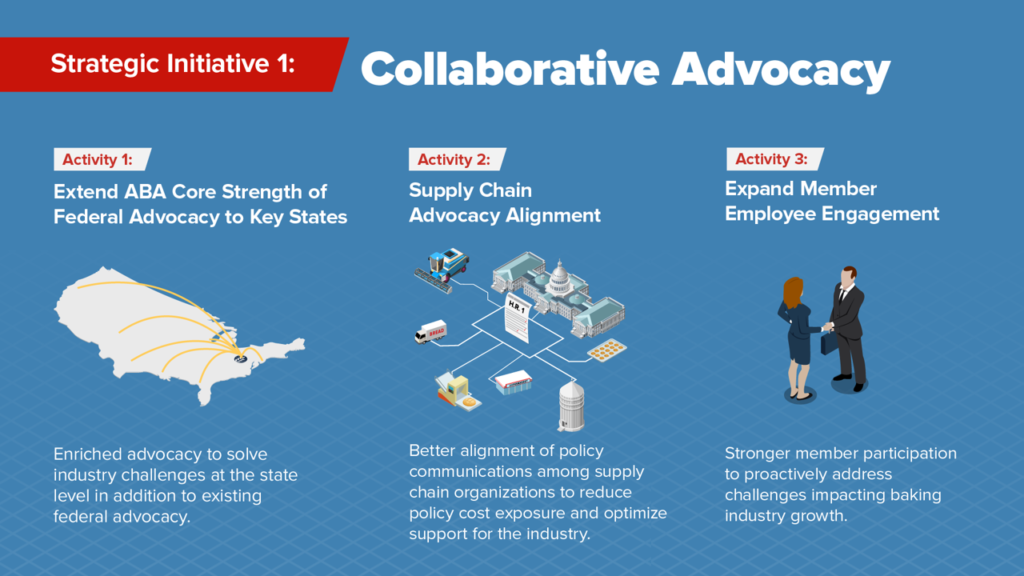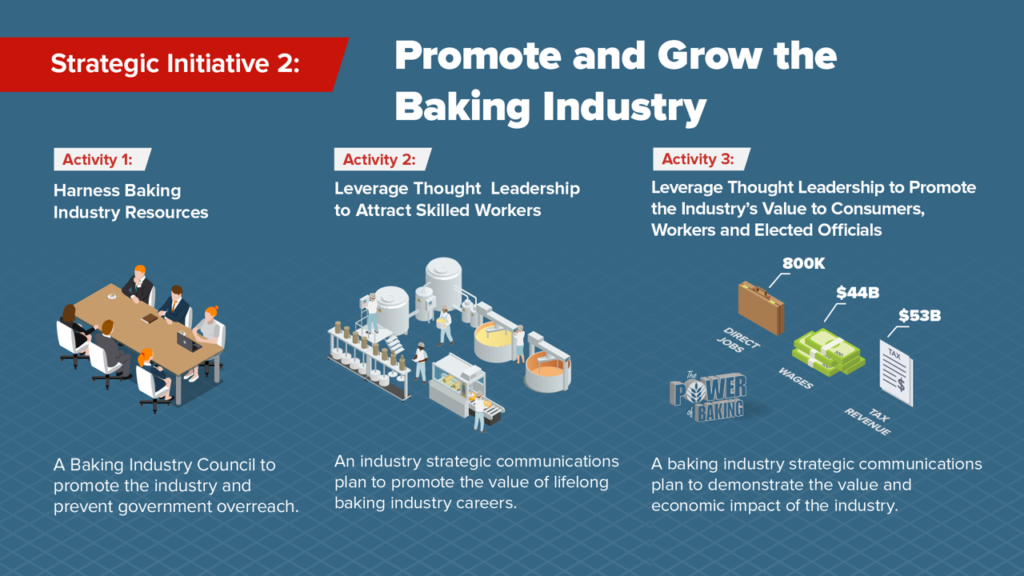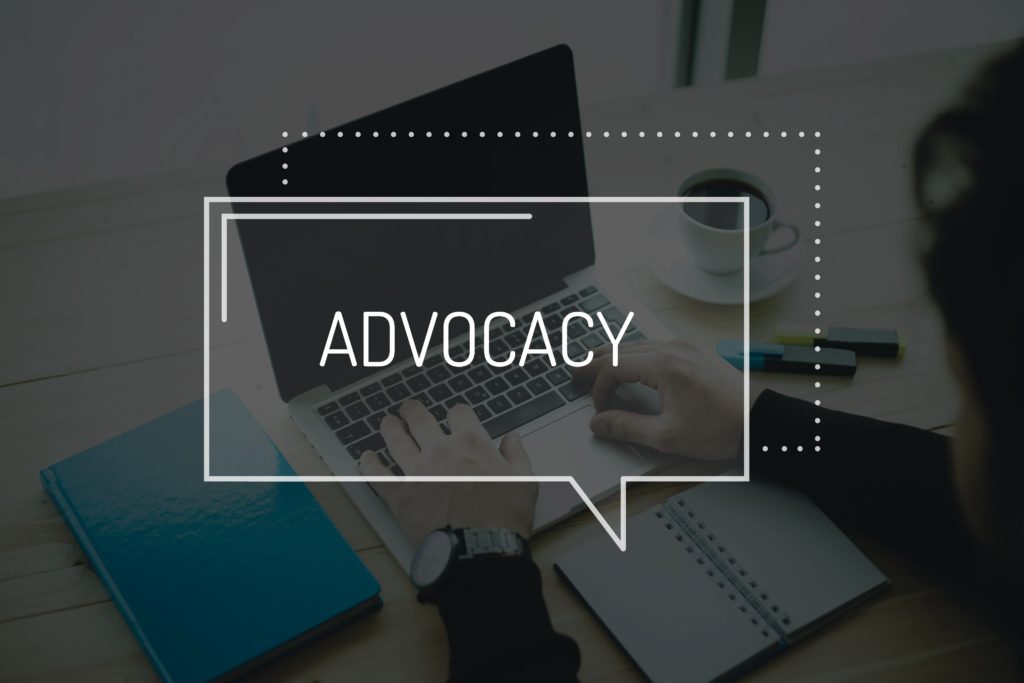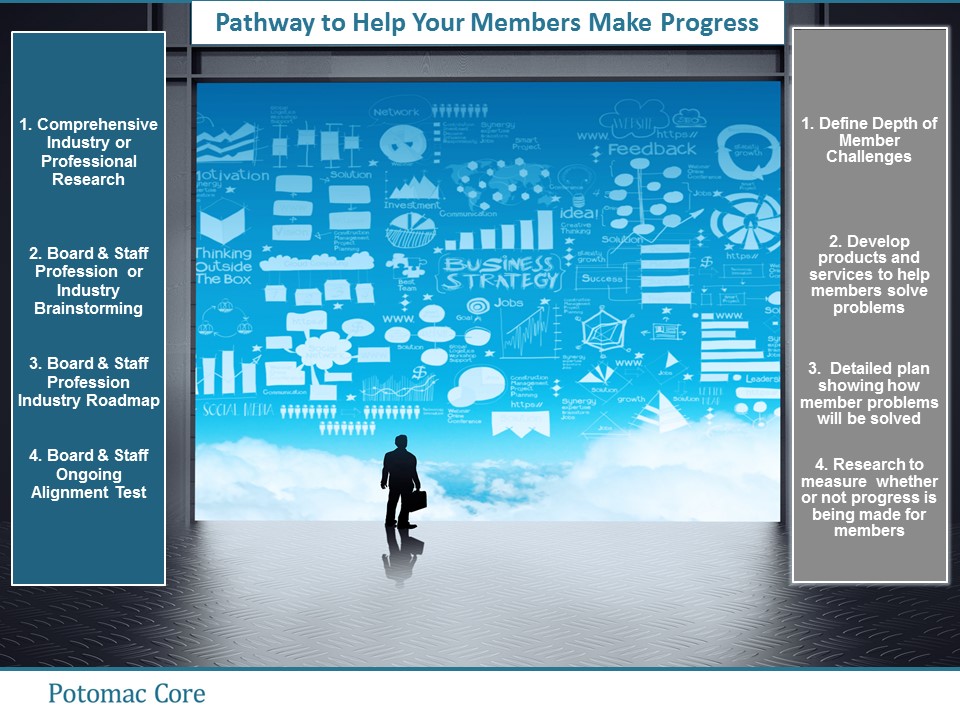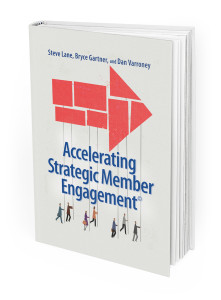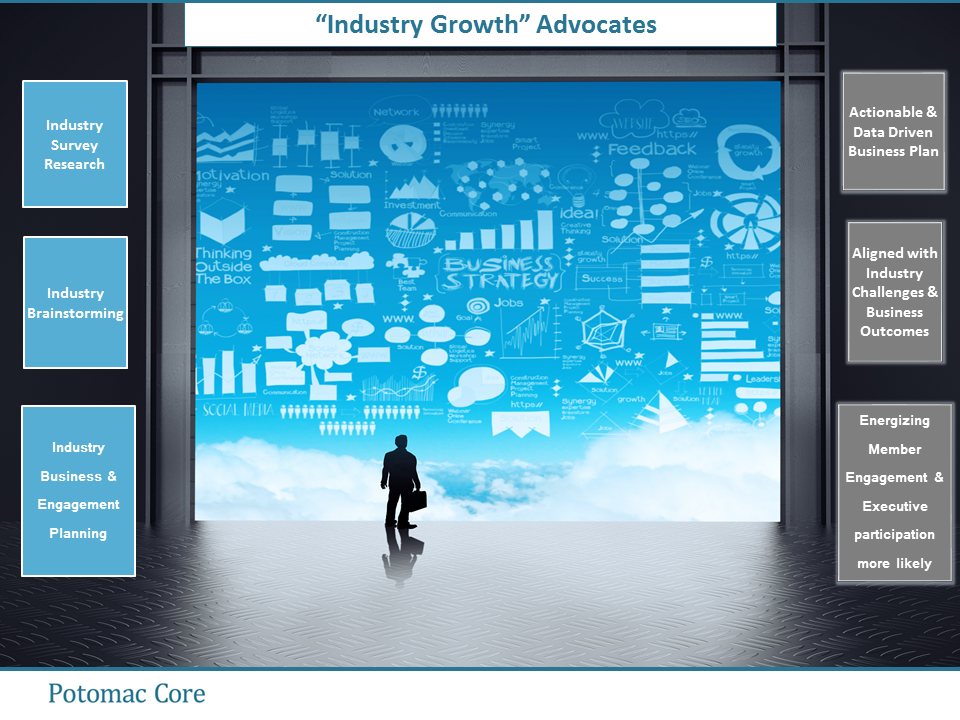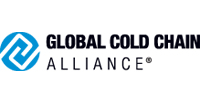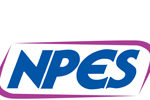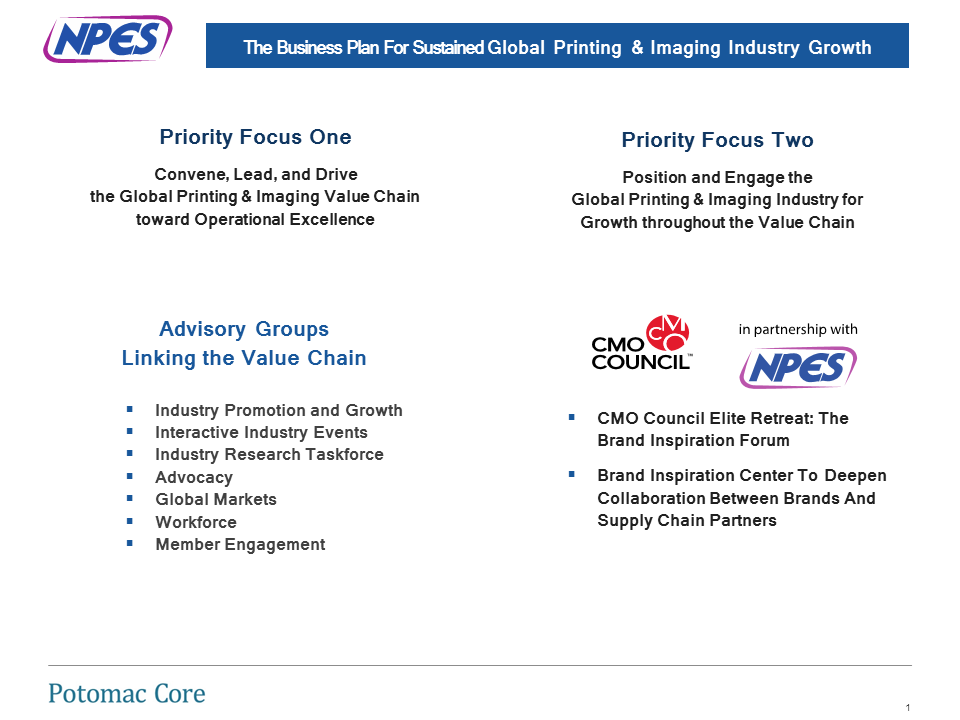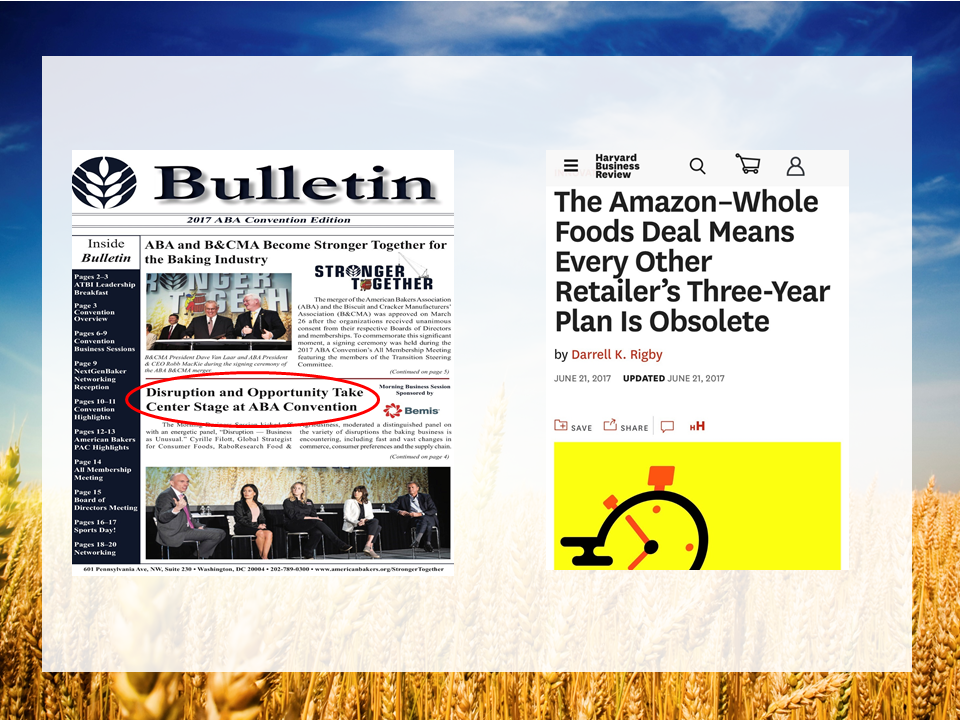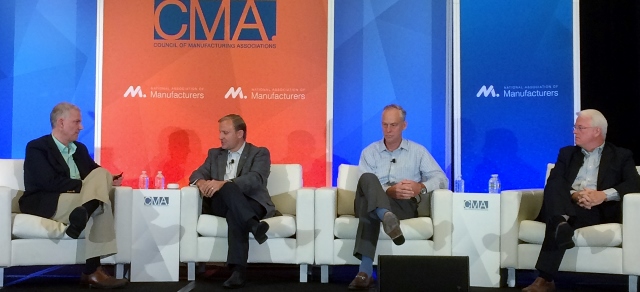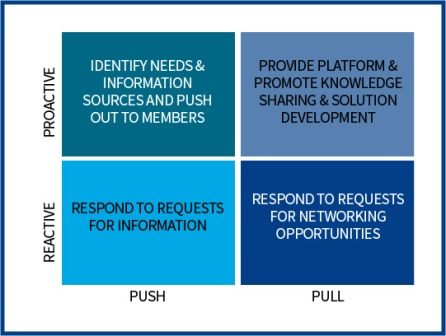 Associations have endured downturns before, what’s different this time is the valuable lesson learned after the great recession, that Members hire relevant Associations. Boards and their CEOs aren’t interested in hemorrhaging balance sheets that come from dues losses and shrinking Trade Show revenues. Regardless of the economic climate, organizations are committed to keeping their organizations relevant. From 2009 forward, leading Associations find ways to maintain their relevance and are perceived as the Industry or the Profession. If a global downturn occurs, Associations should prepare and conduct a rigorous and research driven relevance test.
Associations have endured downturns before, what’s different this time is the valuable lesson learned after the great recession, that Members hire relevant Associations. Boards and their CEOs aren’t interested in hemorrhaging balance sheets that come from dues losses and shrinking Trade Show revenues. Regardless of the economic climate, organizations are committed to keeping their organizations relevant. From 2009 forward, leading Associations find ways to maintain their relevance and are perceived as the Industry or the Profession. If a global downturn occurs, Associations should prepare and conduct a rigorous and research driven relevance test.
Associations who want to pass the relevance test should initiate conversations with their Boards or Executive Committees to:
- Talk through and quantify the sources and the business impact of market challenges.
- Brainstorm with leaders on how the Association can be helpful in a strategic manner that benefits the entire Industry or Profession.
- Build nimble strategies to address new or critical Industry or Professional challenges and opportunities.
- Develop metrics and key performance indicators with Board leaders to measure how relevant your Association is to the member’s marketplace.
- Report back regularly on how aligned the Association is with these metrics and key performance indicators at Board meetings.
- Have ongoing strategic conversations about Industry or Professional challenges and opportunities.
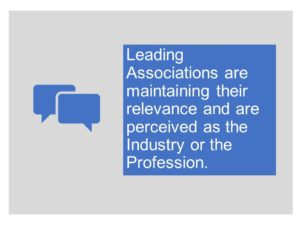 Relevance is about being connected to the member marketplace with resources geared toward helping your members overcome challenges & achieve success. Associations who utilize this approach understand that Members hire relevant Associations, which means these organizations are built to withstand downturns and thrive during healthy economies. What makes these Associations especially relevant is how their strategies and products position them as either “Industry or Profession solution partners” with their Boards and members:
Relevance is about being connected to the member marketplace with resources geared toward helping your members overcome challenges & achieve success. Associations who utilize this approach understand that Members hire relevant Associations, which means these organizations are built to withstand downturns and thrive during healthy economies. What makes these Associations especially relevant is how their strategies and products position them as either “Industry or Profession solution partners” with their Boards and members:
The Aluminum Association – Heidi Biggs Brock, President and CEO, works with her team to continually refine the organizations focus and stay connected with the Aluminum Industry’s evolving challenges and business outcomes. The Association utilizes actionable data to brainstorm with Executive Committee members about current emerging challenges to ensure that they are focused on quantifiable outcomes that move the needle for the Industry. The strategies that the organization develops have Key Performance Indicators and are reported through a Scorecard in the Aluminum Association’s Annual Report.
National Association of Independent Schools – Provides services to more than 1,800 schools and associations of schools in the United States and abroad, including more than 1,500 independent private K-12 schools in the U.S. In formulating its strategies, NAIS embraced an underlying premise that in today’s marketplace “people no longer buy products or services. Instead they hire them to make progress.” Based on the Clayton M. Christiansen “Jobs To Be Done” approach in his more recent book Competing Against Luck, the NAIS team utilized this approach to develop value propositions that addressed the struggles that heads of schools and administrators face and to understand how those struggles change as they progress through their careers. The Association is led by its President Donna Orem.
American Cleaning Institute – The organization is positioned to help its members overcome challenges and find pathways to business growth through each of the following Industry focused strategies:
- Thought leadership and Industry promotion.
- ACI Annual Convention that provides opportunities for the Industry to market and sell products. The most recent Convention had record setting attendance.
- Industry centered Advocacy to help members protect their intellectual property and product category reputation.
The organization’s President & CEO, Melissa Hockstad, engages members on a regular basis as part of an organizational “listen in” program and connects with her Board to surface any new opportunities to support Industry growth.
The Smart Electric Power Alliance’s key focus is to bring all distributed energy resources to the conversation in order to develop, share, and build practical solutions for the entire Industry. The membership comprises utilities, large energy users, as well as for-profit and non-profit corporations and SEPA’s overall focus is on grid modernization. The Alliance conducts Industry focused Board meetings where executives share knowledge, address Industry challenges and devise solutions. In addition, the Alliance provides unbiased and actionable research and Advisory Services to Utilities to help them address the challenges of a clean energy landscape. Led by Julia Hamm, the organization’s President and CEO, the Alliance maintains its neutrality, does not advocate or take positions on issues, drive trends, or pick favorites.
Each organization’s Industry or Profession focused approached positioned them for a possible downturn because they understand that Members hire relevant Associations.
Members Hire Relevant Associations
As Associations think through a possible global slowdown, the 22nd PWC Annual Global CEO survey provides insights that could be beneficial in the rigorous relevance test that you are about to conduct. The survey reveals that in 2019:
- Data about customers and clients needs and preferences is viewed as critically important in CEO decision making.
- 436% increase in the number of CEOs who expect global economic growth to decline.
- 16% decrease in CEOs who say they are “very confident” in revenue prospects for the next 12 months.
- Some of the top ten threats include: over regulation, policy uncertainty, availability of key skills, trade conflicts, cyber threats, geopolitical uncertainty, protectionism, populism, speed of technological change, and exchange rate volatility.
- CEOs seeking growth will pivot inward to drive revenue growth and focus on operational efficiencies, launch a new product or service, enter a new market, new mergers and acquisition opportunities, collaborate with entrepreneurs or startups, or sell a business.
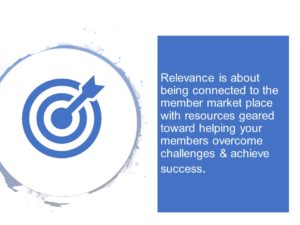 Strong U.S. economic performance shouldn’t shield concerns voiced by global CEOs who in many cases are Association dues decision makers. Reinforcing these results is the monthly Wall Street Journal Small Business Survey conducted by Vistage. Of those surveyed, 14% expect the economy to improve while 36% expect it to worsen among owners of firms with revenues ranging between $1 and $20 million. The PWC and Wall Street Journal surveys introduce new information that should be the impetus for your organization to conduct a rigorous relevance test soon. Waiting only adds to your Association’s risk, the timing to transform your organization into an Industry or Professional Solution Partner is immediate. Note to self: Members hire relevant Associations.
Strong U.S. economic performance shouldn’t shield concerns voiced by global CEOs who in many cases are Association dues decision makers. Reinforcing these results is the monthly Wall Street Journal Small Business Survey conducted by Vistage. Of those surveyed, 14% expect the economy to improve while 36% expect it to worsen among owners of firms with revenues ranging between $1 and $20 million. The PWC and Wall Street Journal surveys introduce new information that should be the impetus for your organization to conduct a rigorous relevance test soon. Waiting only adds to your Association’s risk, the timing to transform your organization into an Industry or Professional Solution Partner is immediate. Note to self: Members hire relevant Associations.




